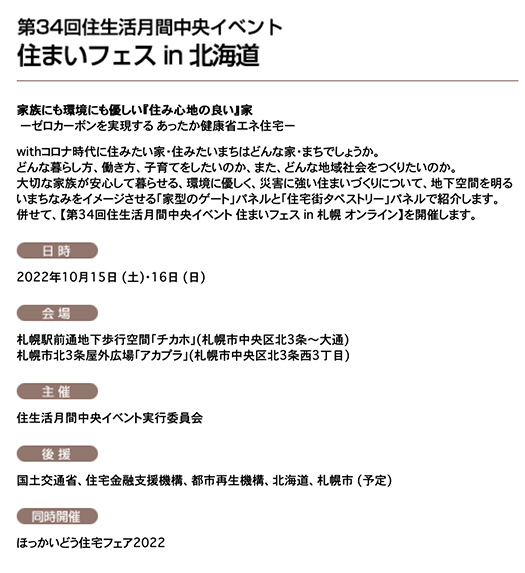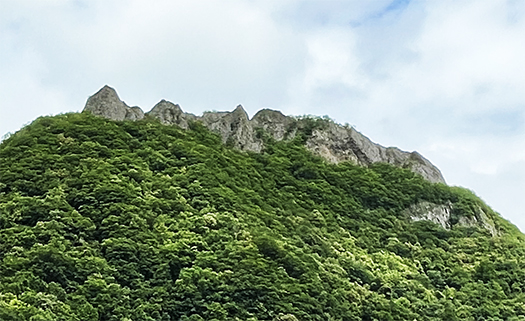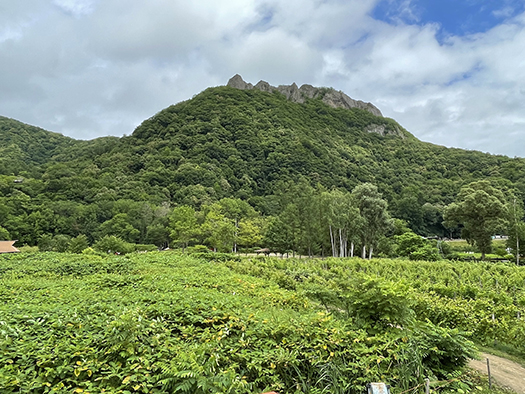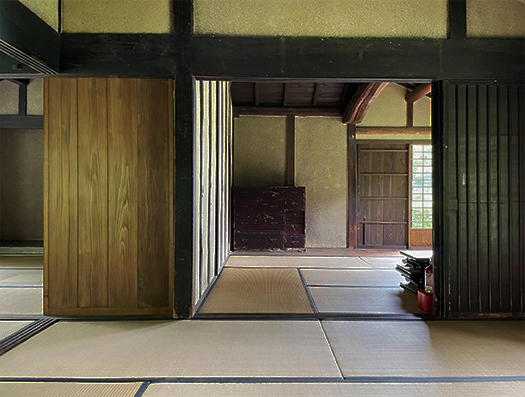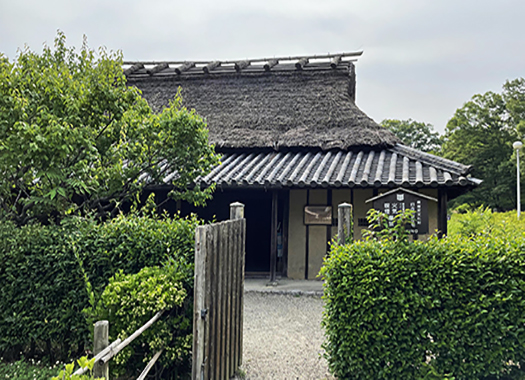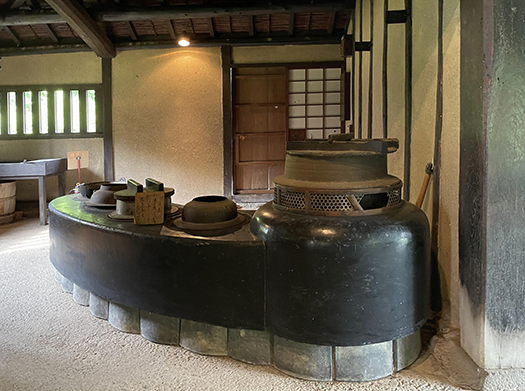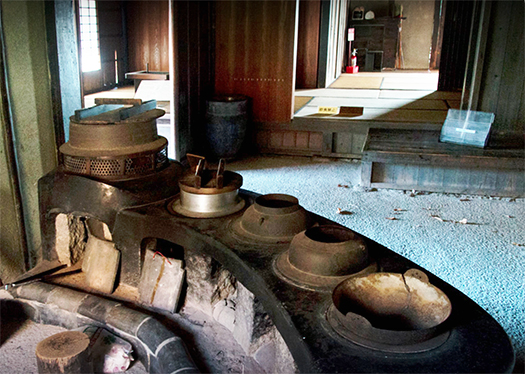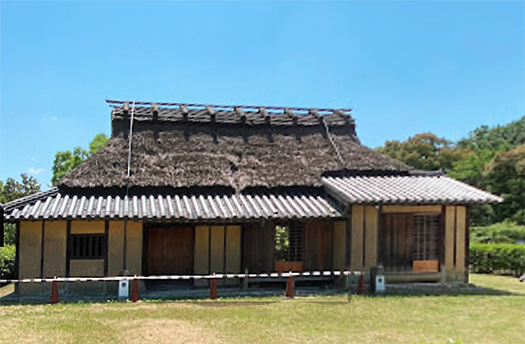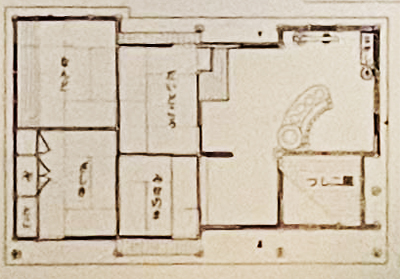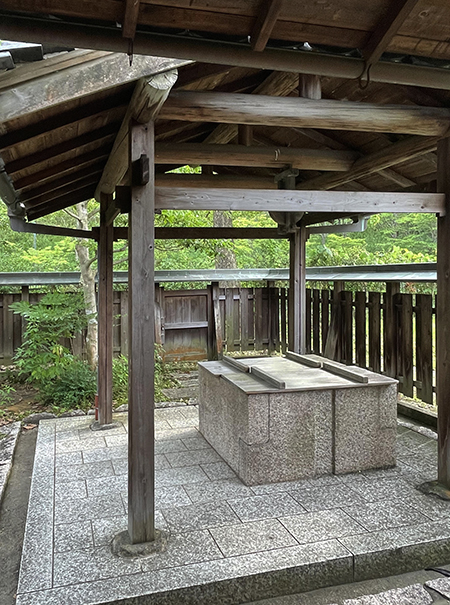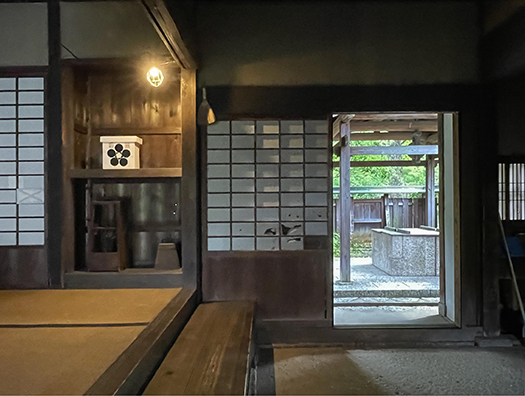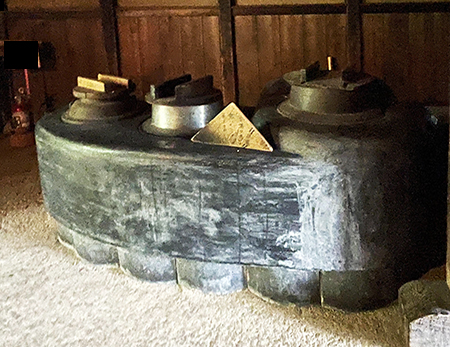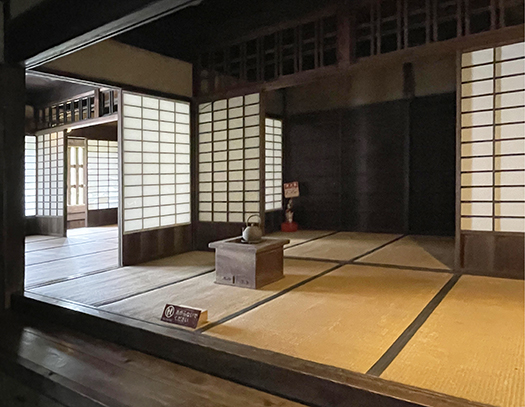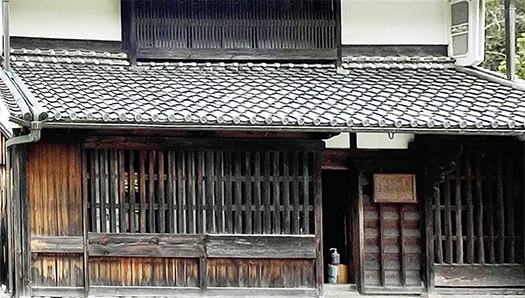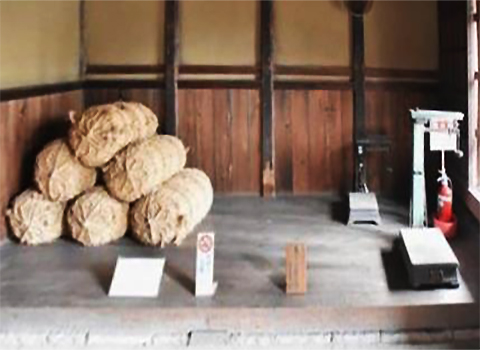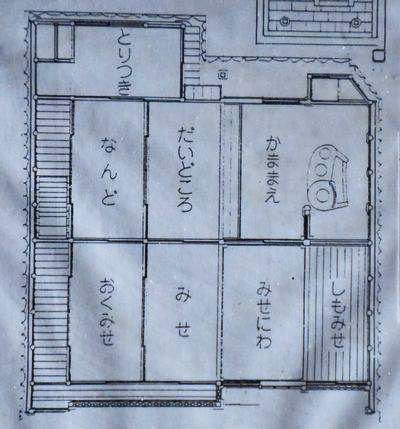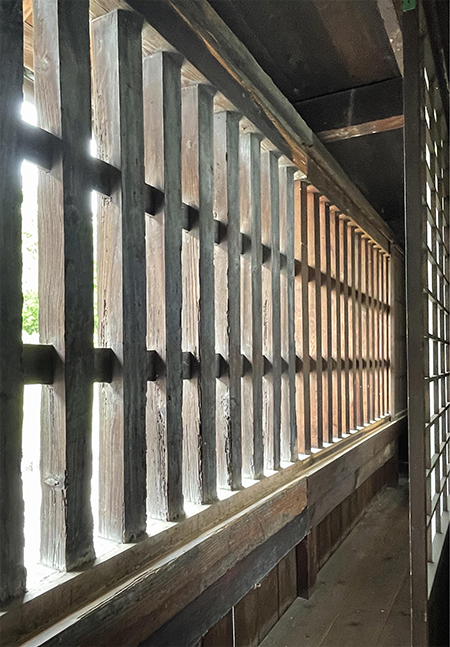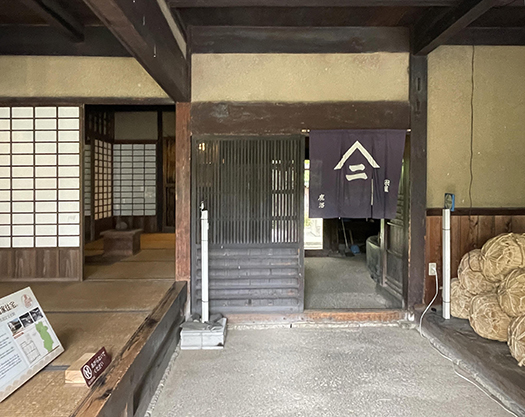

7月も最終週の週末になってきた。まさに盛夏であります。
きのうの最高気温東京で38度超えということですが、
中国ではなんと40度超が常態化しているのだという。
で、きのうの札幌最高気温は23.3度。
まぁ天候が曇り空だったこともあるのですが、
彼我の違いに驚くばかりであります。
本日はようやく30度超の予想になっているのですが・・・さて。
で、わたしはいくつかの要件があって昨日から東京(笑)。
そういうことなので38度超の世界で数カ所の移動をしていましたが、
さすがに体調面での要注意信号を感じさせられていました。
公共交通主体の過密都市で移動するのにはどうしても屋外を歩かざるを得ない。
とくに東京都内では駅間移動とか駅構内とか、移動歩行機会が非常に多い。
わたしのiPhoneの記録ではきのうは 14,236歩 とかなり多め。
セーブしながらの行動が肝心だと痛感させられました。
写真は北海道の真夏をサイコーに彩ってくれるトウキビ。
八百屋さん店頭には山盛りに盛り付けてあって、目にも楽しい。
北海道のシーズンイン前には本州地域産のものが店頭に並ぶのですが、
地元民だから、ということではなく純粋に味覚の体感として
北海道産のものは格別感が強い。
からっとした自然風土そのままの夏が凝縮している。
最初に5−6粒の列状に口で食らいついて平行処理したあと、
その空隙部分に沿って、1列にトウキビを手でほぐしていく。
そのときの手ざわり、粒が本体を離れる「爽快感」もまたオツ。
片手に(わたしの場合は右手)1列のトウキビ粒団が蓄えられて
それを口に頬張る「爽快感」もさらにオツ。
そして最後の2列、1列となってくるときのもの悲しさ。
そういう食を通しての「自然との対話」みたいなものが
身体に刷り込まれた「地域らしさ」なんだとしみじみと感じる。・・・
あ、食べ終わってから残滓のトウキビを2つに折ってゴミ処分するときの
ポキッという感覚もまた捨てがたい(笑)。
・・・おっと捨てるために折るんだった。
って書いてみると茶を点てる作法、飲む作法に通底する部分を感じる。
もちろん全部かぶりつくという野趣もそれはそれでいい。
人間の体動作と味のハーモニー。面白いと思うのですが、う〜む。
たぶん本州地域のみなさんが北海道の夏を愛していただけるのには
この隠れ役者の魅力はきわめて大きいモノがあると思います。
ことしも精一杯、大活躍してくれることを祈っています。
English version⬇
Hokkaido’s Taste of Summer: A “Toukibi” Eating Method Similar to the Tea Ceremony
There is a kind of “experiential dialogue with nature” in eating manners. This is the food culture of sugarcane. It is not a tea ceremony, it is a way of eating sugarcane. The way of sugarcane.
It is the last weekend of July. It is truly midsummer.
Yesterday’s high temperature in Tokyo was over 38 degrees Celsius.
In China, it is said that temperatures over 40 degrees Celsius are the norm.
The highest temperature in Sapporo was 23.3 degrees Celsius yesterday.
Well, the weather was cloudy, but I was surprised at the difference between Sapporo and Tokyo.
The difference between the two is astonishing.
Today, the temperature is finally expected to exceed 30 degrees Celsius, but… well…
I have been in Tokyo since yesterday due to some requirements (laugh).
So I had to move several places in the world where the temperature was over 38 degrees Celsius.
I was indeed made to feel some warning signals in terms of my physical condition.
In an overcrowded city where public transportation is the main means of transportation, you have no choice but to walk outdoors.
Especially in Tokyo, there are many opportunities for walking between stations and inside stations.
According to my iPhone’s record, I walked 14,236 steps yesterday, which is quite a lot.
I realized that it is important to save my steps while walking.
The photo shows sugarcane, which adds a wonderful touch of color to midsummer in Hokkaido.
It is arranged in heaps at the grocery store and is pleasing to the eye.
Before the season starts in Hokkaido, the ones from the Honshu area are lined up on store shelves.
I am not saying this because I am a local, but purely as a taste sensation.
Hokkaido products are very special.
The summer season is concentrated in the natural climate of the island.
After the first 5-6 grains are bitten into in rows and processed in parallel with the mouth, they are then placed along the void.
The sugarcane is then loosened by hand in rows along the voids.
The feel of the grains leaving the body of the cane is also very refreshing.
A row of sugarcane grains is stored in one hand (in my case, my right hand).
The “exhilarating sensation” of putting it in your mouth is even better.
And then there is the sadness of the last two or one rows.
It is a kind of “dialogue with nature” through food.
I feel deeply that this kind of “dialogue with nature” through food is the “character of the region” imprinted on my body. I feel that this is the “character of the region” that is imprinted on my body.
Oh, and the feeling of snapping the leftover sugarcane when you break it into two pieces and dispose of it in the garbage after you finish eating it….
The sensation of snapping the leftover corn cane into two pieces and disposing of it in the garbage is also hard to get rid of (laughs).
Oops, I folded it to throw it away.
I feel that this is similar to the etiquette of making and drinking tea.
Of course, the wild taste of eating the whole thing is also good.
The harmony of human body movements and taste. I think it is interesting, but…hmmm.
Perhaps it is a good thing that people in the Honshu area love Hokkaido’s summer.
I think the charm of this hidden actor is extremely attractive.
I wish them all the best this year.
Posted on 7月 30th, 2022 by 三木 奎吾
Filed under: おとこの料理&食, 日本社会・文化研究 | No Comments »



